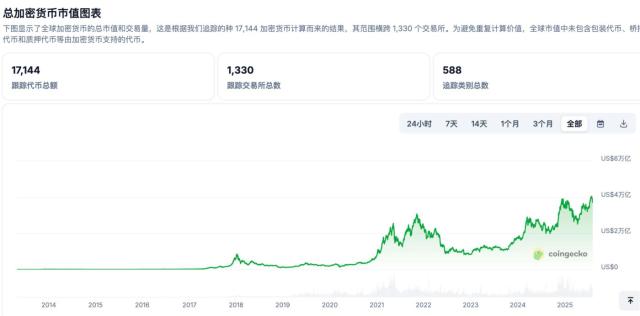Written by: grayscale
Compiled by: Blockchain in Plain Language
In July 2025, the price of ETH on the Ethereum network surged nearly 50%. Investors focused on stablecoins, asset tokenization, and institutional adoption - areas that are the core advantages of Ethereum as the oldest smart contract platform.
The passage of the GENIUS Act is a milestone for stablecoins and the entire crypto asset category. Although legislation related to market structure may take time to pass in Congress, U.S. regulators can continue to support the digital asset industry through other policy adjustments, such as approving staking functions in crypto investment products.
In the short term, crypto asset valuations may consolidate, but we remain very optimistic about the prospects of the asset class in the coming months. Crypto assets provide investors with an opportunity to access blockchain innovation while potentially offering some immunity to risks of traditional assets, such as the ongoing weakness of the U.S. dollar. Therefore, Bitcoin, ETH, and many other digital assets are expected to continue to be sought after by investors.
On July 18, President Trump signed the GENIUS Act, providing a comprehensive regulatory framework for U.S. stablecoins. This marks the "end of the beginning" for the crypto asset category: public blockchain technology is moving from the experimental stage to the core of a regulated financial system. The debate about whether blockchain technology can bring real benefits to mainstream users has ended, and regulators have turned to ensuring that the industry grows with appropriate consumer protection and financial stability mechanisms.
In July, the crypto market was elated by the passage of the GENIUS Act and supported by favorable macroeconomic market conditions. Stock market indices rose in most parts of the world, with fixed income market returns led by high-risk sectors, such as U.S. high-yield corporate bonds and emerging market bonds (see Chart 1). As market volatility decreased, related investment strategies performed quite well.
The FTSE/Grayscale Crypto Asset Market Index (a market-cap-weighted investable digital asset index) rose 15%, and Bitcoin's price increased by 8%. Ethereum's ETH was the star of the month, with its price surging 49%, accumulating a total increase of over 150% since its low point in early April.
Chart 1: Ethereum stood out in July's strong crypto asset performance
Don't Call This a "Triumphant Return"
Ethereum is the largest smart contract platform by market cap and the infrastructure of blockchain finance. However, until recently, ETH's price performance was far behind Bitcoin and even lagged behind other smart contract platforms like Solana. This led some to question Ethereum's development strategy and its competitive position in the industry (see Chart 2).
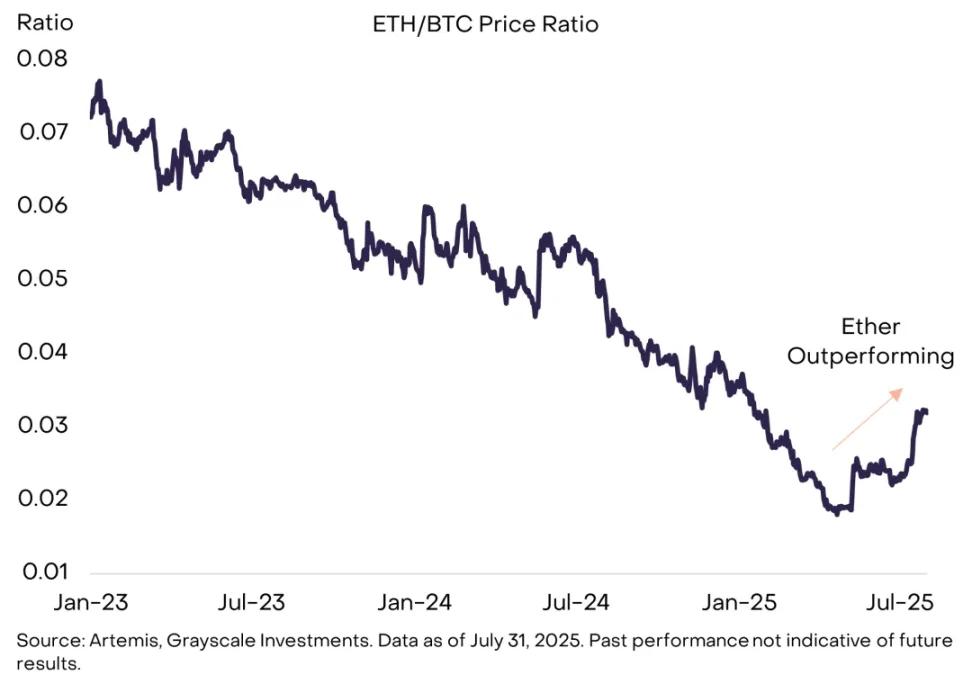
Chart 2: Ethereum has outperformed Bitcoin since May
The renewed enthusiasm for Ethereum and ETH may reflect the market's focus on stablecoins, asset tokenization, and institutional blockchain adoption - Ethereum's strengths (see Chart 3). For example, including its Layer 2 network, the Ethereum ecosystem carries over 50% of stablecoin balances and processes about 45% of stablecoin transactions (by U.S. dollar value).
Ethereum is also home to about 65% of the total value locked in decentralized finance (DeFi) protocols and nearly 80% of tokenized U.S. Treasury products. For many institutions building crypto projects, including Coinbase, Kraken, Robinhood, and Sony, Ethereum has been the network of choice.
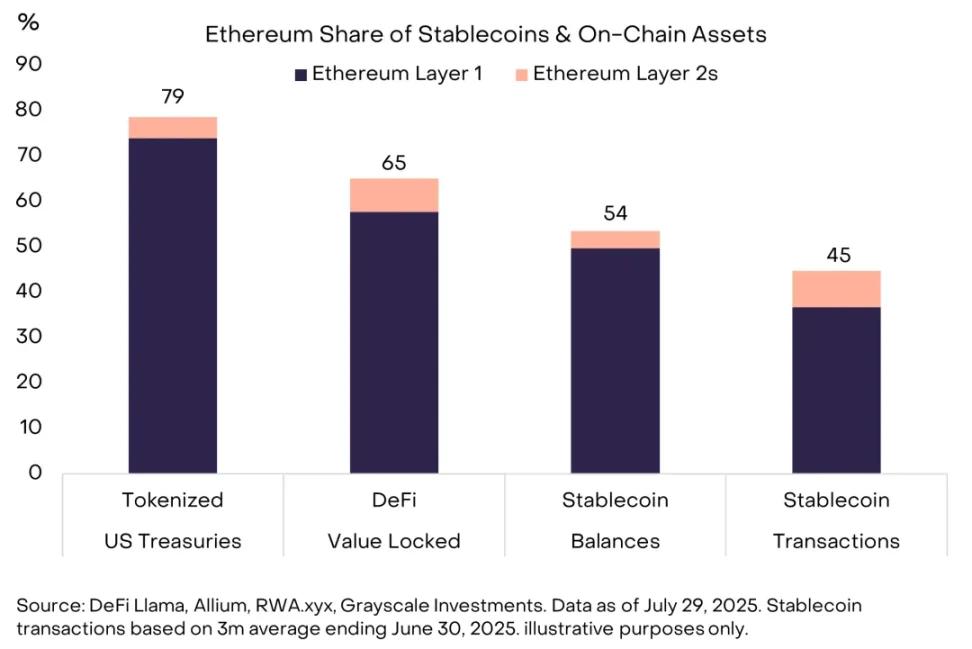
Chart 3: Ethereum is the leading blockchain for stablecoins and tokenized assets
The increased adoption of stablecoins and tokenized assets will benefit Ethereum and other smart contract platforms. Grayscale Research believes that stablecoins have the potential to disrupt certain areas of the global payment industry through lower costs, faster settlement times, and higher transparency (for more background, see "Stablecoins and the Future of Payments").
There are two types of stablecoin-related revenues: first, the net interest margin (NIM) earned by stablecoin issuers (such as Tether, Circle), and second, the transaction fees earned by the blockchain processing the transactions. Since Ethereum already leads in the stablecoin space, its ecosystem seems poised to benefit from the growth of stablecoin adoption through higher transaction fees.
The same applies to tokenization (the process of putting traditional assets on-chain) (for more background, see "Public Blockchains and the Tokenization Revolution"). The current tokenized asset market is small (about $12 billion) but has enormous growth potential. Tokenized U.S. Treasuries are currently the largest tokenized asset class, with Ethereum being the market leader. In the alternative assets space, Apollo Global recently launched an on-chain credit fund in partnership with Securitize.
Moreover, the tokenized equity market is small but growing: Robinhood has launched tokenized shares of private companies like SpaceX and OpenAI, and eToro also plans to tokenize stocks on Ethereum. Apollo's products are available on multiple blockchains, while Robinhood and eToro's tokenized equity products are within the Ethereum ecosystem.
ETP Boom and More Trends
Investor interest in Ethereum has brought significant net inflows to spot ETH exchange-traded products (ETPs). In July, U.S.-listed spot ETHETPs saw net inflows of $5.4 billion, the largest single-month net inflow since these products were launched last year (see Chart 4).
Currently, ETHETPs hold approximately $21.5 billion in assets, equivalent to nearly 6 million ETH, about 5% of the total circulating supply. Based on CFTC trader position reports, we estimate that only $1-2 billion of ETHETP net inflows come from hedge fund "basis trading," with the rest being long-term capital.
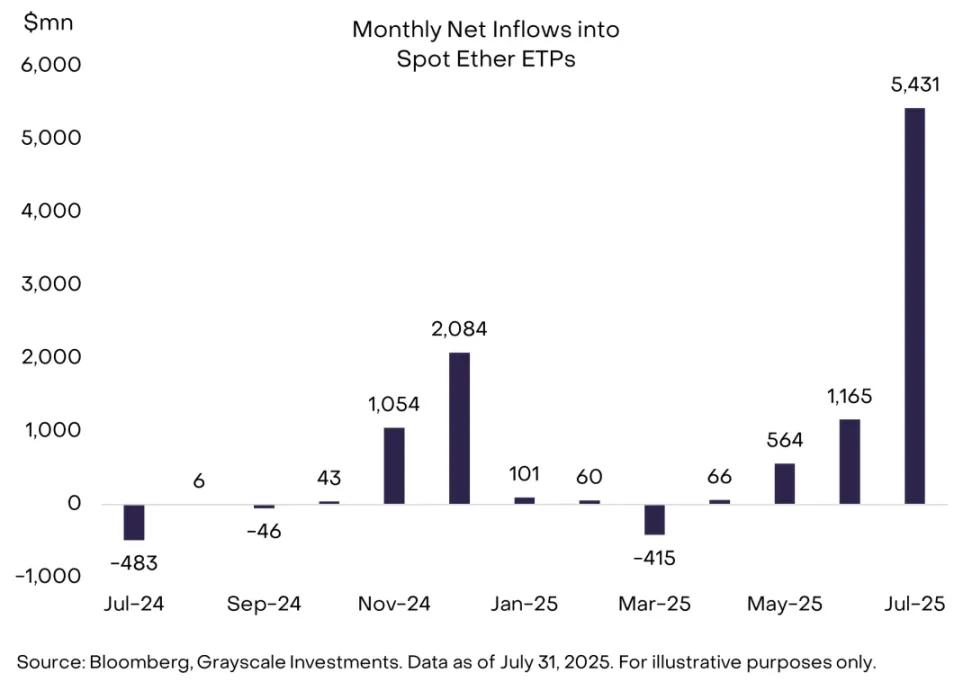
Chart 4: ETHETP net inflows exceed $5.4 billion
Some listed companies have begun accumulating ETH to gain token usage rights through equity instruments. The two largest "crypto fund management companies" holding ETH are Bitmine Emersion Technologies ($BMNR) and SharpLink Gaming ($SBET). These two companies collectively hold over 1 million ETH, with a total value of $3.9 billion.
A third listed company, BTCS ($BTCS), announced in late July plans to raise $2 billion through the issuance of common and preferred shares for additional ETH purchases (BTCS currently holds about 70,000 ETH, valued at approximately $2.5 billion). In addition to the net inflows of ETH ETP products, buying pressure from Ethereum enterprise fund management companies may have also driven the price increase.
Furthermore, Ethereum's share in the cryptocurrency derivatives market grew this month, indicating rising market speculation about the asset. In traditional futures listed on the Chicago Mercantile Exchange (CME), ETH futures open interest (OI) increased to around 40% of Bitcoin (BTC) futures open interest (Chart X). In perpetual futures contracts, ETH's open interest increased to around 65% of Bitcoin (BTC) open interest. This month, Ethereum perpetual futures trading volume also exceeded Bitcoin perpetual futures.
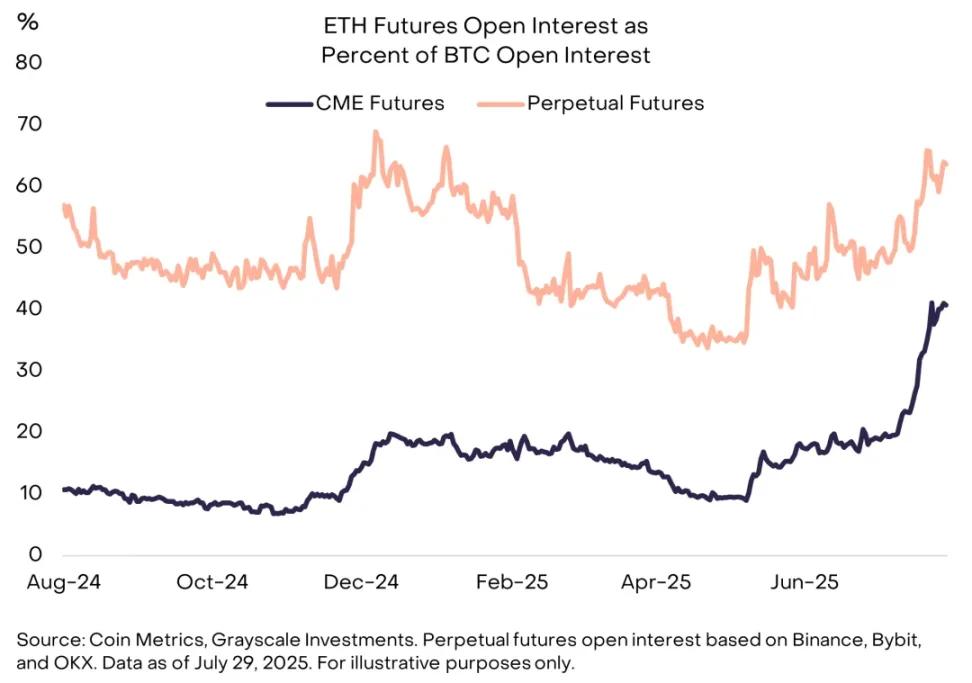
Figure 5: Increase in ETH futures open interest
Despite ETH being the focus for most of July, Bitcoin investment products continued to see steady demand from investors. U.S.-listed spot Bitcoin ETPs saw net inflows of $6 billion and currently hold an estimated 1.3 million Bitcoins. Several listed companies have also expanded their Bitcoin fund management strategies. Market leader Strategy (formerly MicroStrategy) issued $2.5 billion in new preferred shares to purchase more Bitcoin.
In addition, Adam Back, an early Bitcoin pioneer and CEO of Blockstream, announced the establishment of a new Bitcoin fund management strategy company - Bitcoin Standard Fund Management Company ($BSTR). The company will use Back and other early adopters' Bit as capital and will raise equity. BSTR's transaction is very similar to the SPAC transaction previously organized by Cantor Fitzgerald for Twenty One Capital - another large Bit fund management strategy company supported by Tether and SoftBank.
Crypto Asset Boom
In July, valuations across crypto market sectors increased. From a crypto asset sector perspective, the best-performing sector was the smart contract sector (thanks to ETH's 49% increase), while the worst-performing was the artificial intelligence sector, dragged down by the special weakness of a few tokens (see Chart 6). During July, futures open interest and financing rates (financing costs for leveraged long positions) for many crypto assets increased, indicating enhanced investor risk appetite and increased speculative long positions.
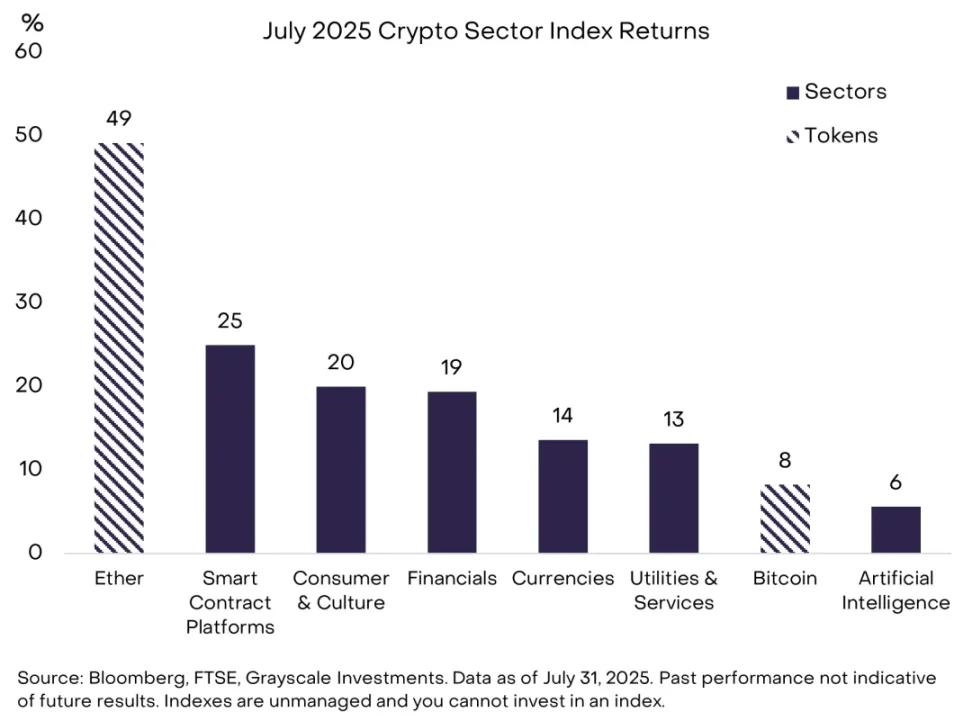
Chart 6: All crypto market sectors rose in July
After strong returns, valuations may experience some pullback or consolidation. The passage of the GENIUS Act is a major positive for the crypto asset category, driving absolute and risk-adjusted returns. Congress is also considering crypto market structure legislation, with the House's CLARITY Act receiving bipartisan support on July 17. However, the Senate is reviewing its own market structure legislation version, with no significant progress expected before September. Therefore, legislative catalysts supporting crypto asset valuation increases may be limited in the short term.
Summary
Nevertheless, we remain very optimistic about the crypto asset prospects in the coming months. First, even without legislation, regulatory tailwinds exist. For example, the White House recently released a detailed report on digital assets, proposing 94 specific recommendations to support the US digital asset industry. Of these, 60 fall under regulatory agency jurisdiction (the remaining 34 require Congressional or joint Congressional and regulatory action). With regulatory support, crypto investment products (such as staking features or broader spot crypto ETPs) may attract new capital to the asset class.
Secondly, we expect the macro environment to continue to favor crypto assets. These assets provide investors with opportunities to access blockchain innovation while offering some immunity to certain risks of traditional assets (such as ongoing USD weakness). In addition to crypto-related legislation passed in July, President Trump also signed the One Big Beautiful Bill Act, locking in massive federal budget deficits for the next decade.
He also explicitly stated his desire for the Federal Reserve to lower interest rates, emphasizing that a weaker dollar would benefit US manufacturing and increased tariffs on various products and trading partners. Massive budget deficits and lower real interest rates may continue to pressure dollar value, especially with implicit White House support. Scarce digital commodities like BTC and ETH may benefit as a result, serving as partial hedging tools in portfolios facing ongoing dollar weakness risks.







